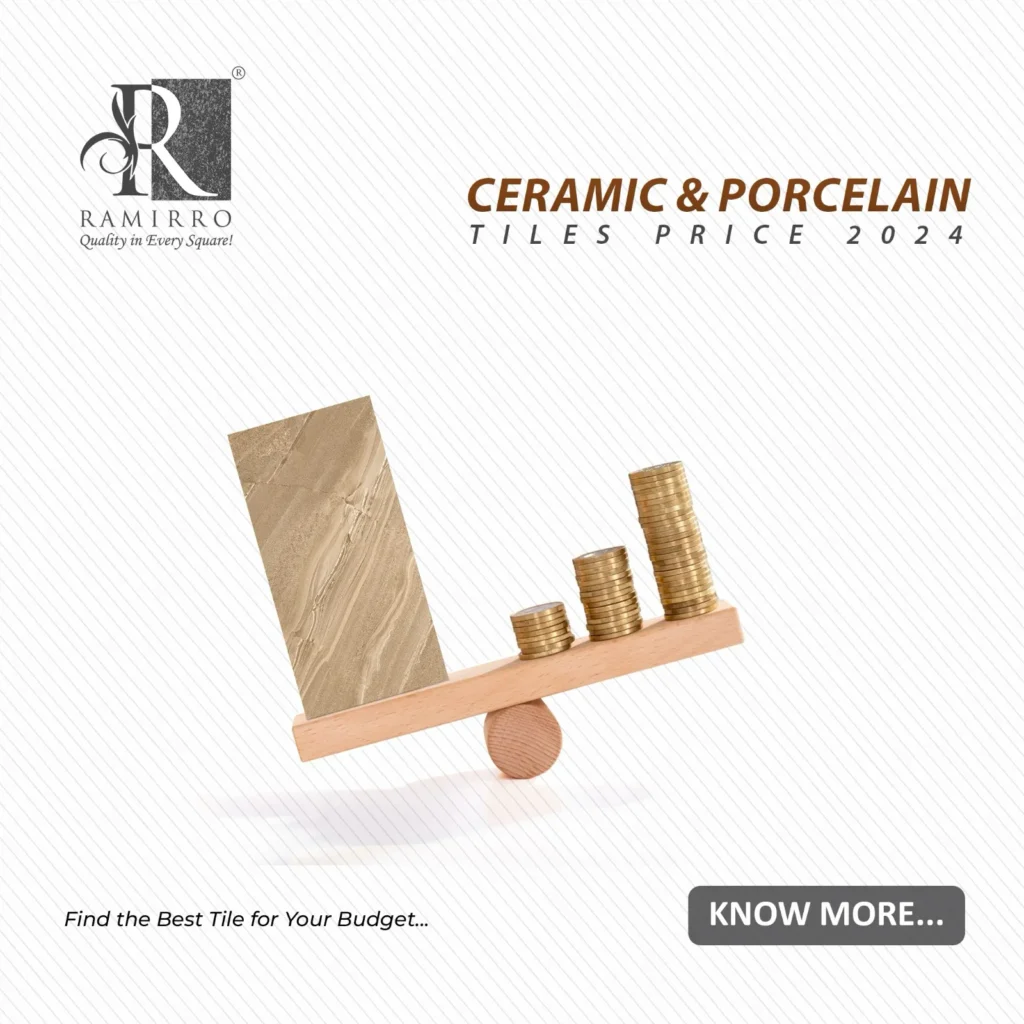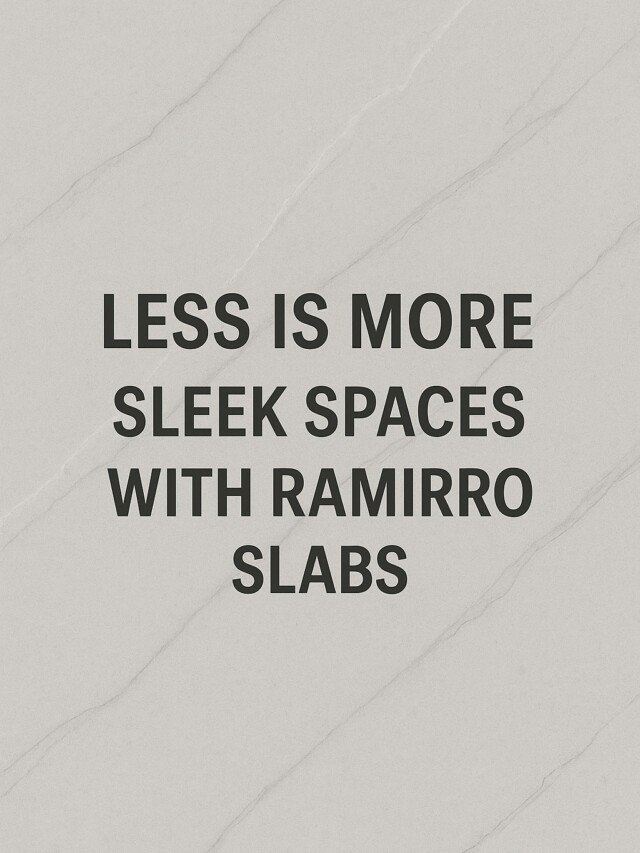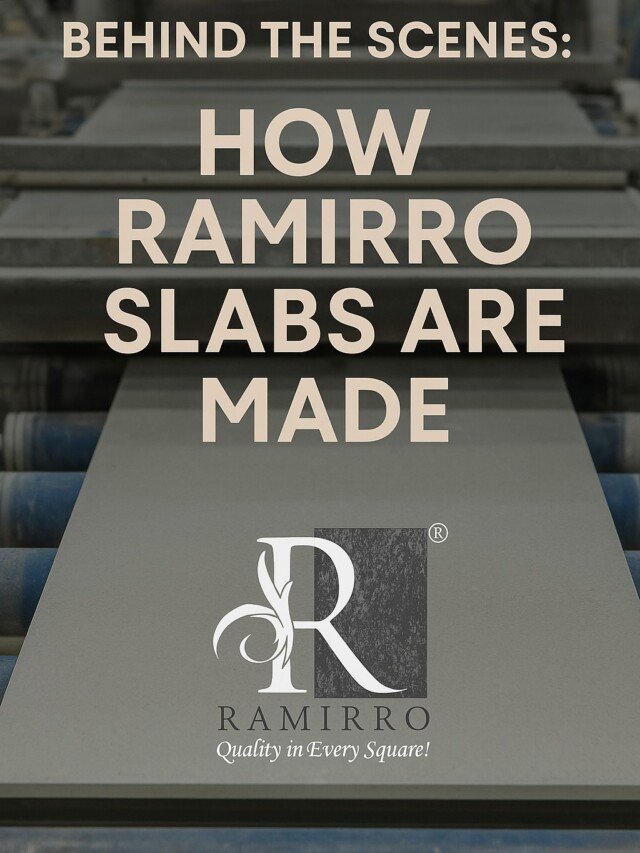When planning a renovation or new construction, understanding tile prices is crucial to staying within budget. In 2024, ceramic and porcelain tiles continue to be top choices due to their durability, variety, and aesthetic appeal. However, navigating the market can be challenging with so many options and price points. At Ramirro Ceramica, we’re dedicated to helping you find the best tiles that fit your style and budget. Whether you’re looking for cost-effective ceramic tiles or premium porcelain options, this guide will provide insights into current prices and tips on making the right choice for your project.
- What are the Key Differences Between Ceramic and Porcelain Tiles?
- Why are Ceramic and Porcelain Tiles Popular Choices for Flooring and Walls?
- How do the Manufacturing Processes Affect Tile Quality and Price?
- What Attributes Influence the Tile Prices?
- How does Tile Size Impact the Price?
- Tiles Price 2024: Ramirro Ceramica
- Find Best Ceramic & Porcelain Tiles in Your Budget: Ramirro Ceramica
- Related Links
What are the Key Differences Between Ceramic and Porcelain Tiles?
| Aspect | Ceramic Tiles | Porcelain Tiles |
|---|---|---|
| Material Composition | Made from a mixture of clay and other natural materials. | Made from refined clay and sand, fired at higher temperatures. |
| Water Absorption | Higher water absorption rate; less dense. | Lower water absorption rate; more dense and less porous. |
| Durability | Less durable; suitable for low to moderate traffic areas. | Highly durable; ideal for high traffic and outdoor areas. |
| Installation | Easier to cut and install due to softer material. | More challenging to cut; requires specialized tools and skills. |
| Cost | Generally more affordable. | Typically more expensive due to higher material quality and manufacturing process. |
| Design Variety | Wide range of colors, patterns, and textures. | Also offers a variety of designs, including realistic stone and wood looks. |
| Best Use | Ideal for indoor walls and light-duty floors. | Suitable for both indoor and outdoor applications, including heavy-duty flooring. |
| Maintenance | Easier to clean but may require more maintenance over time due to higher porosity. | Low maintenance; highly resistant to stains and moisture. |
| Resistance to Wear | Less resistant to wear, chipping, and scratching. | Highly resistant to wear, chipping, and scratching. |
| Weight | Lighter; easier to handle and install in vertical applications. | Heavier; requires sturdier subfloors for flooring applications. |
Why are Ceramic and Porcelain Tiles Popular Choices for Flooring and Walls?
Durability and Longevity: Both ceramic and porcelain tiles are known for their strength and resistance to wear and tear. Porcelain, in particular, is extremely hard and resistant to scratches, making it ideal for high-traffic areas.
Low Maintenance: Tiles are easy to clean and maintain, requiring just regular sweeping and occasional mopping. They are resistant to stains, moisture, and odors, making them a practical choice for kitchens, bathrooms, and other areas prone to spills and moisture.
Water Resistance: Porcelain tiles, with their low water absorption rate, are highly resistant to water, making them an excellent choice for bathrooms, kitchens, and even outdoor spaces. Ceramic tiles, while slightly more porous, are also suitable for areas with moderate exposure to moisture.
Versatility in Design: Both ceramic and porcelain tiles come in a wide range of colors, patterns, sizes, and textures. This versatility allows homeowners and designers to create unique and personalized looks, from classic to contemporary styles.
Affordability: Ceramic tiles are generally more affordable than many other flooring options, making them a cost-effective choice for large projects. While porcelain tiles can be more expensive, their durability and low maintenance needs can offset the initial investment over time.
Enhanced Home Value: High-quality tile installations can increase the value of a home. Their timeless appeal and durability are attractive to potential buyers, making them a wise investment for homeowners looking to boost property value.
Fire Resistance: Both ceramic and porcelain tiles are non-combustible, providing added safety in areas like kitchens and fireplaces.
How do the Manufacturing Processes Affect Tile Quality and Price?
Material Quality: Porcelain tiles are made from finer, denser clay and fired at higher temperatures than ceramic tiles, making them more durable, less porous, and more expensive.
Production Techniques: Advanced techniques like digital printing and high-pressure pressing used in porcelain tiles result in better designs and increased strength, raising the price compared to standard ceramic tiles.
Firing Temperatures: Higher firing temperatures used for porcelain enhance its hardness and durability, adding to the cost.
Finishing Processes: Additional processes like polishing and glazing improve the tile’s appearance and performance but also increase the overall price.
What Attributes Influence the Tile Prices?
Material Quality
Quality Variations: Higher-quality materials, like dense porcelain, typically cost more than standard ceramic due to enhanced durability and performance.
Thickness and Durability: Thicker tiles offer greater durability but come with a higher price tag due to the additional material and production time involved.
Design and Aesthetics
Intricate Designs: Tiles with detailed patterns, unique textures, or custom prints tend to be more expensive due to the complexity of production.
Finishes and Trends: Specialized finishes, such as matte, glossy, or textured surfaces, add to the cost. Tiles that follow current design trends or allow for customization often command higher prices.
Manufacturing and Brand
Brand Reputation: Well-established brands with a reputation for quality can influence pricing, as customers may be willing to pay more for trusted names.
Production Processes: Advanced manufacturing techniques, like digital printing or precision cutting, increase costs but result in higher-quality tiles.
How does Tile Size Impact the Price?
Tile flooring prices can vary significantly based on tile size and material. For instance, natural stone tiles, such as travertine and marble tile, typically cost more per square foot compared to porcelain floor tiles or ceramic or porcelain options. Larger tiles, like large-format tiles or tile plank, may have lower installation costs due to fewer grout lines.
On the other hand, smaller tiles, including mosaic tiles and glass tiles, often require more intricate installation, which can increase labor costs. The choice of tile designs influences not only aesthetic appeal but also overall expenses.
Tiles Price 2024: Ramirro Ceramica
Note: The prices listed in the table below are approximate. For exact pricing, please contact the Ramirro Ceramica team. These prices are general estimates, as the final cost depends on factors such as tile thickness, surface design, raw material, and minimum order quantity.

FILL UP FORM TO UNLOCK PRICING
Find Best Ceramic & Porcelain Tiles in Your Budget: Ramirro Ceramica
Discover the best ceramic and porcelain tiles that fit your budget at Ramirro Ceramica. Whether you prefer shopping online or visiting us in person, we offer a seamless purchasing experience tailored to your needs. Explore our extensive collection featuring a wide variety of designs, colors, and finishes, perfect for any style and space. From classic to contemporary, our selection promises quality and affordability. For personalized assistance, expert advice, or to find out more about our collections, don’t hesitate to contact our team. Visit our website or stop by our store to transform your spaces with Ramirro Ceramica tiles.
Related Links
World’s Most Expensive Tiles | Buy Premium & Luxurious
Statuario Classic | White Marble Look Tiles
BRICK LOOK TILES – Floor & Wall | 51+ Porcelain
Shop Beautiful Mediterranean Ceramic Tiles for Your
BOTOCHINO CLASSICO Cream Marble Look Tiles
Tiles in Las Vegas, USA | Shop wall & floor tiles






